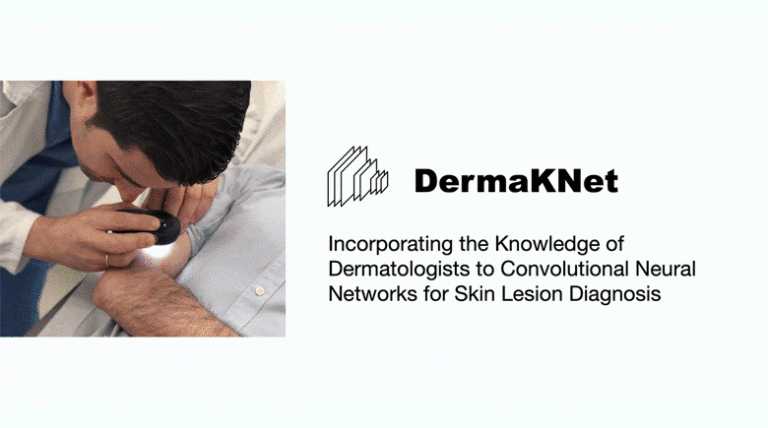
Traditional approaches to automatic diagnosis of skin lesions consisted of classifiers working on sets of hand-crafted features, some of which modeled lesion aspects of special importance for dermatologists. Recently, the broad adoption of Convolutional Neural Networks(CNNs)in most computer vision tasks has brought about a great leap forward in terms of performance. Nevertheless, with this performance leap, the CNN-based Computer Aided Diagnosis (CAD) systems have also brought a notable reduction of the useful insights provided by hand-crafted features. This paper presents DermaKNet, a CAD system based on CNNs that incorporates specific subsystems modeling properties of skin lesions that are of special interest to dermatologists, aiming to improve the interpretability of its diagnosis. Our results prove that the incorporation of these subsystems not only improves the performance, but also enhances the diagnosis by providing more interpretable outputs.

